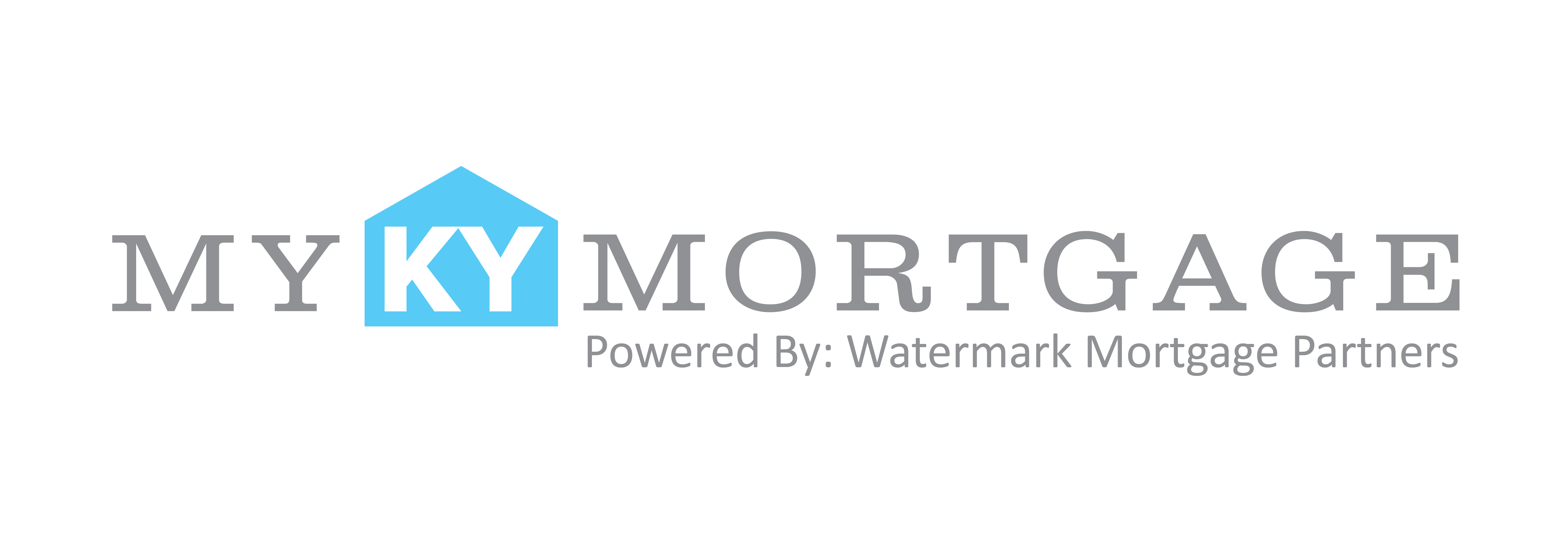Seven Home Down Payment Myths Debunked
Not knowing the facts when it comes to home buying could wind up costing tens of thousands of dollars more than necessary. The National Association of Realtors recently released a snapshot of home purchases in 2017 that shows the median home purchase price was $235,000, with 88 percent of buyers using a mortgage to secure their home.
Some of the down payment findings may surprise you, though, as they go against common myths. For instance, you don’t need to pay 20 percent down; the median down payment was only 10 percent of the purchase price. Here, The Motley Fool takes a closer look at this myth and six others.
Myth No. 1: You need to pay 20 percent down
In actuality, you may be able to get a mortgage paying little to nothing down. If that appeals to you, look into VA loans or USDA Rural Development loans (which apply to lots of not-so-rural areas near cities), as they offer mortgages with $0 down payments. Conventional mortgages backed by Fannie Mae or Freddie Mac may allow down payments of as little as 3 percent to 5 percent, while Federal Housing Administration loans are available with only 3.5 percent down. These can mean the difference between buying a home and not being able to, but understand that you’ll be starting out with little to no equity, and if the home’s value falls, you’ll owe more than it is worth.
Even if you’re not taking advantage of some low-down-payment program, your lender likely will be fine if you pay a little or a lot less than 20 percent down. But when less than 20 percent is paid, private mortgage insurance usually is required, so there can be a cost to paying less than 20 percent. You’ll be paying interest not only on your mortgage but also on your PMI loan. Once your home equity passes 20 percent, you should be able to have your lender cancel the PMI.
Myth No. 2: There’s no reason to pay more than 20 percent down
Paying more can be worth it. The more you put down, the less you borrow, and therefore, the lower your monthly payments will be and the less overall interest you’ll pay. It might be too much to consider paying $100,000 down for a $250,000 home, but your monthly mortgage payments would be $253—or 25 percent—lower. That would make your monthly budget easier to manage, leaving you more money to spend on living expenses or savings. Your total interest paid over the 30 years also would drop by 25 percent, or more than $40,000.
It’s worth thinking about whether you want to and can save up a bigger down payment than 20 percent. Note: There’s an opportunity cost involved. Any funds you put toward your home save you a guaranteed 4.5 percent that you won’t be paying in interest. However, invested elsewhere, those funds could grow by more than 4.5 percent, although that’s not likely to be guaranteed.
Myth No. 3: Down payment assistance programs are just for first homes
There are some assistance programs dedicated solely to first-time homebuyers. In some cases, however, you can be considered a first-time homebuyer even if you’ve purchased one or more homes in the past—as long as you have not been a homeowner for three or more years.
Start by looking into “97 percent loan-to-value” programs, such as Fannie Mae’s HomeReady program or Freddie Mac’s Home Possible Advantage program. Some regions in the country that are trying to encourage home ownership might have their own assistance programs to help get people into homes.
Myth No. 4: It’s too late to get a good interest rate
Interest rates still are historically low. In late 1981, the average interest rate for a 30-year fixed-rate loan hit 18.45 percent. Meanwhile, average interest rates for a 30-year fixed-rate mortgage hit 3.31 percent and rates for 15-year loans sank below 3 percent in late 2012. More recently, 30-year fixed loans averaged 4.1 percent.
Myth No. 5: You can’t use gifts or loans for your down payment
Some lenders and mortgage programs insist that you use your own money, but others are more flexible. In 2017, 16 percent of homebuyers received financial help from family members or friends.
Myth No. 6: Lenders can help you figure out your down payment
If you’re new to home buying, it can be tempting to rely on lenders to tell you how much house you can afford to buy and what kind of down payment you should make. However, some lenders might overestimate how much home you can buy. For best results, read up on home buying and make your own decision.
Crunch your own numbers to come up with a price range, and be sure to leave a big margin of error for unanticipated developments such as job losses, income reductions or health crises.
Myth No. 7: Credit scores don’t matter much for down payments
Never ignore the role of your credit report and credit score. If your credit score is low, you’ll likely be offered higher interest rates for a home loan that can make your monthly payments and total interest paid during the life of the loan much higher. In some cases, you may even have trouble securing a mortgage. Some lenders may require a higher down payment if your credit score is bad.



